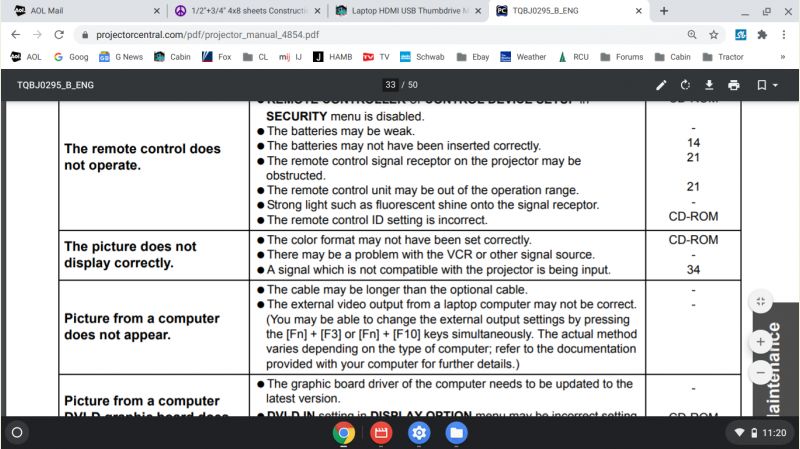
No matter what you decide to do: proceed with caution, and know that there's always a possibility something will break! (Hence the recovery disk recommended above.) The other two require you to put your Chromebook in Developer Mode (which creates a slightly less secure environment if you're careless). Only one of these methods is officially supported by Google. You'll need a flash drive with 4GB of space or more you'll be glad you have it on hand in case something goes wrong and you want to reverse the process. Before you start messing with your Chromebook, I recommend installing the Chromebook Recovery Utility (Opens in a new window) and creating a recovery disk. If you're still a beginner, you can get an awful lot of help from the Ubuntu Forums (Opens in a new window) and Linux subreddits (Opens in a new window).Ī recovery disk. We can walk you through the basic steps to get up and running, but in order to actually use Linux, you'll need some basic knowledge of how the operating system works, including the command line. Our favorites include the Acer Chromebook Spin 713, Dell Chromebook 11 (3100), and the HP Chromebook x360 14c. To truly unlock your Chromebook's potential, you'll want one using an Intel processor. Technically, some of these methods can work on ARM-based machines, but you'll be more limited in the apps you can run. In order to get Linux running on your Chromebook, in almost all cases, we recommend you have a few things:Īn Intel-based Chromebook.





 0 kommentar(er)
0 kommentar(er)
